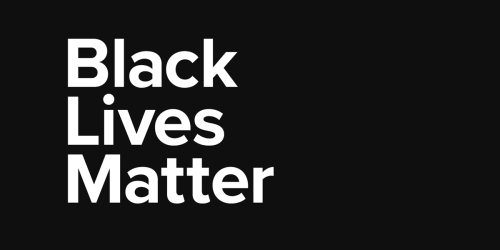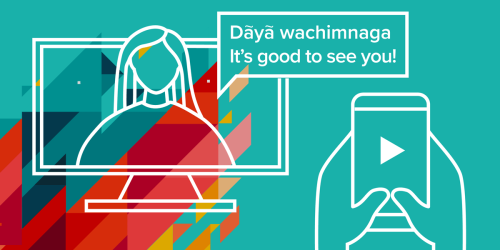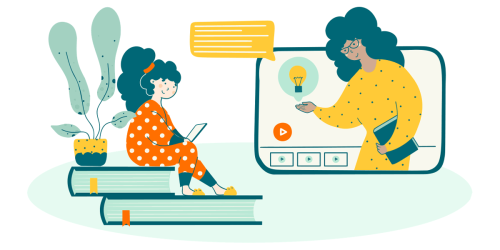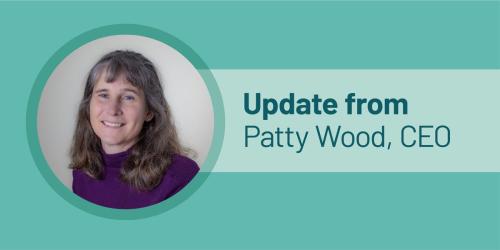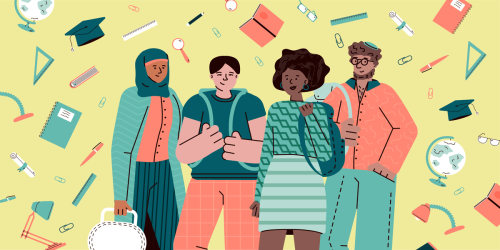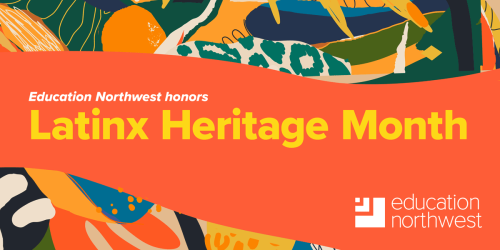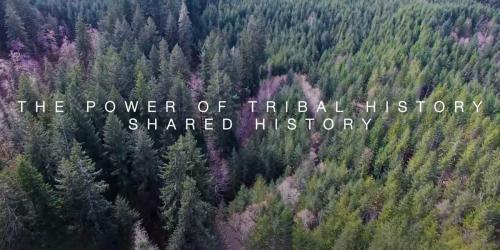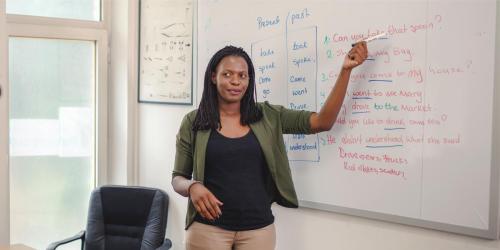Today, we have an unprecedented opportunity to develop and implement innovative solutions that address long-standing educational challenges. One example is accountability testing.
The killings of George Floyd, Ahmaud Arbery, and Breonna Taylor have again exposed the systemic nature of racism. As an organization that is committed to rooting out inequities in our education system, we have an obligation to speak out.
Native communities have been showing up for education during the COVID-19 pandemic—tribal elders, leaders, advocates, and educators have been finding creative ways to engage learners.
As more states extend their school closures and remote learning becomes a new reality, teachers have less time for instruction, as well as less control over when and how students work.
The sudden pivot to online teaching comes with plenty of challenges, but teachers may be further ahead than they realize because they have already built relationships with their students.
As we move from weeks to months of social distancing, school closures, and remote work—and we envision an education system fundamentally changed by the COVID-19 pandemic—Education Northwest is responding to our partners’ changing needs.
As schools, districts, and other educational entities identify their needs during this unprecedented time, Education Northwest is here to provide customized services and resources.
As we enter uncharted waters and learn as a society how to cope with the realities and requirements of living through the COVID-19 pandemic, I want to share what we are doing at Education Northwest.
Transferring from a community college to a university can be challenging. Without adequate support, community college students may struggle to transfer and earn a bachelor’s degree.
As we observe Hispanic Heritage Month, we are deeply inspired by the five Latine educators who are sharing their stories with us in 2019.
Education Northwest’s board of directors announced that it has unanimously chosen Patty Wood as the organization’s chief executive officer.
Math success for students with learning disabilities and struggling learners starts with solid teaching practices combined with necessary, specially designed teaching adjustments.
Discover what's new in a statewide curriculum on the Native American experience in Oregon.
Teachers can create a rich learning experience for everyone by providing the necessary accommodations for students with dyslexia, while also embracing their unique skills and perspectives.
With more English learners in American schools, it's important to equip teachers to make learning accessible for all students. A new tool for coaching teachers can help schools meet this challenge.

